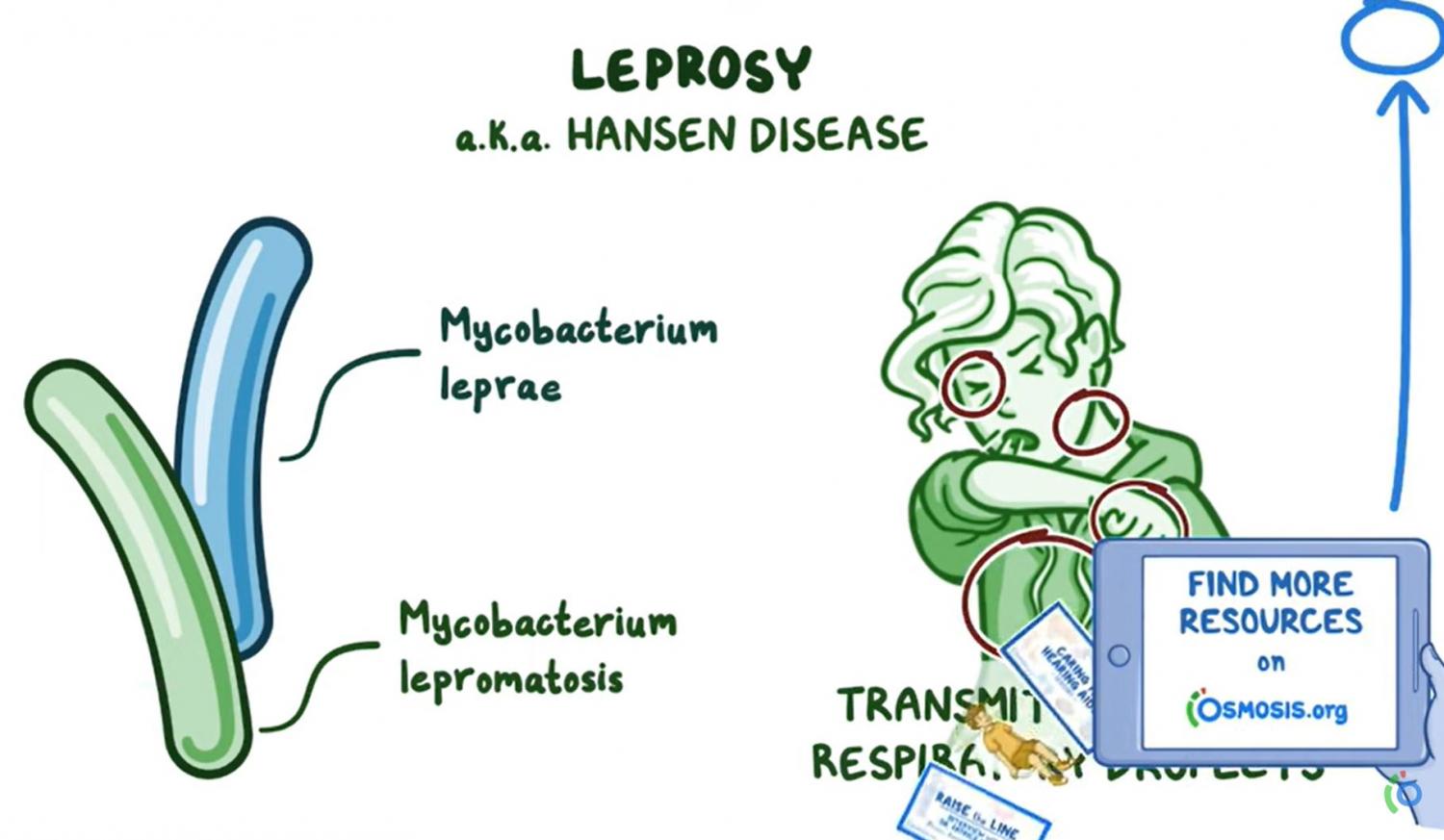
Rare Disease Education: Leprosy
Editor: Kelsey LaFayette, DNP, RN, FNP-C
"When you hear hoofbeats, think of horses, not zebras,” is a common saying in medical education that means you should think of common conditions first, instead of rare ones, in making a diagnosis. “Rare” is a relative term though and about 7,000 rare, or "zebra," conditions affect more than 350 million individuals worldwide. Although these conditions collectively affect an enormous number of people, each of these conditions individually is rare enough that it can be difficult to secure the resources to study them and to develop treatments and cures. Likewise, awareness of rare conditions may be low and health care professionals may not be familiar with their signs and symptoms making it more difficult to reach a correct diagnosis and provide effective treatments.
To increase knowledge about rare conditions, Osmosis and the National Organization for Rare Diseases (NORD) have collaborated on an initiative to bring education and awareness to the public. We are excited to be a part of this initiative because we believe everyone deserves quality health care, no matter how rare their condition.
Zebra Highlight: Leprosy
For thousands of years, this ancient disease has been so misunderstood that negative stigma can be encountered even today. Throughout history, patients with leprosy were often shunned from their communities and forced to live in remote colonies, abandoned by their loved ones. These marginalized patients were thought to have been struck by a curse or divine punishment.
Fortunately, modern knowledge on Leprosy has vastly improved and it’s now curable with a multidrug regimen of antibiotics. Today’s Zebra is a chronic infectious disease that can affect the skin, eyes, and nervous system. The earliest symptoms are usually skin lesions or patches with a different color than surrounding skin along with possible decreased sensitivity to touch or pain in those areas. The disease progresses slowly but may eventually cause muscle weakness, paralysis, and deformities.
Watch the dedicated video above to learn more about how to diagnose and treat leprosy.
Educational Video:
More Information on Leprosy
